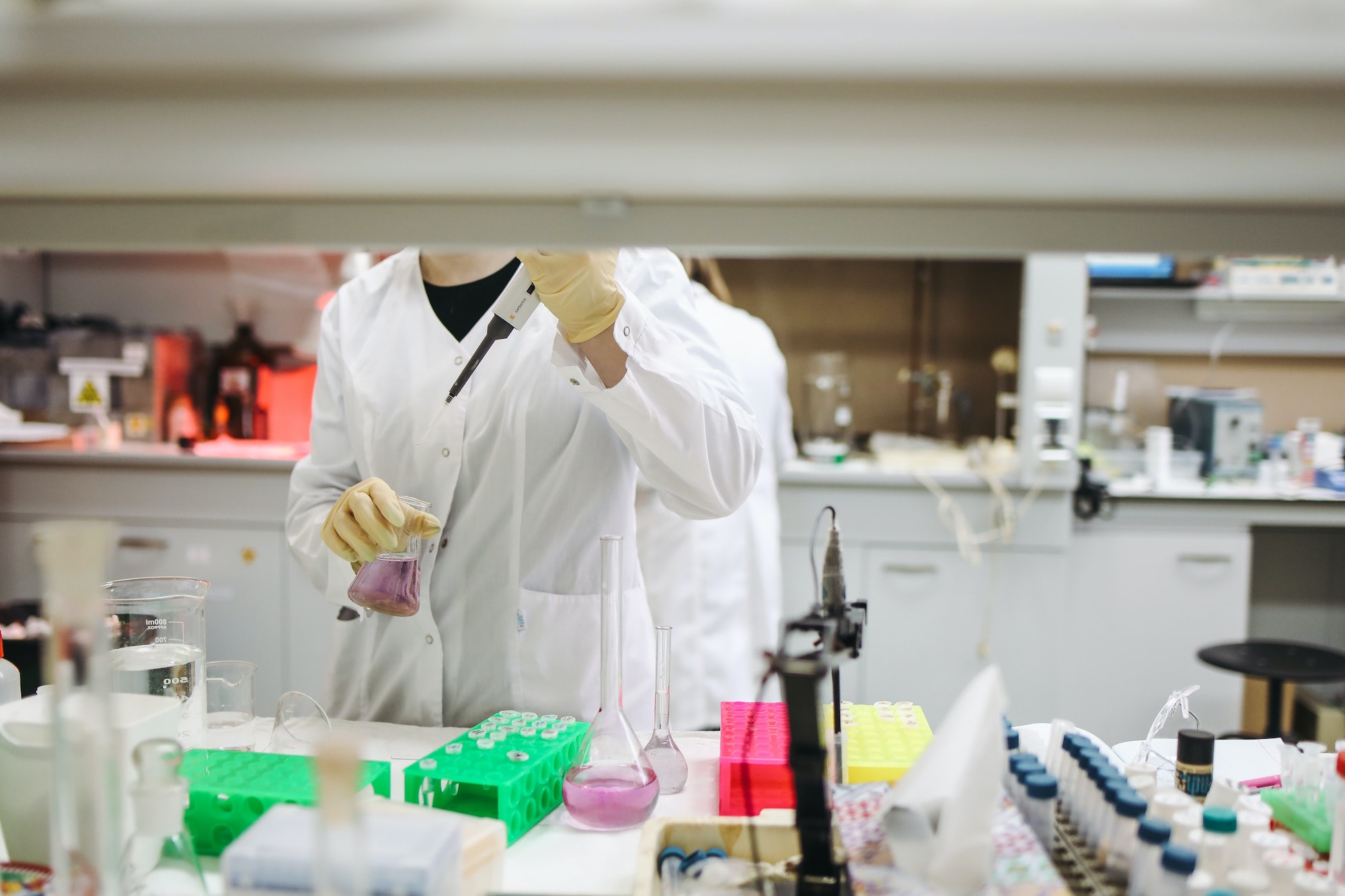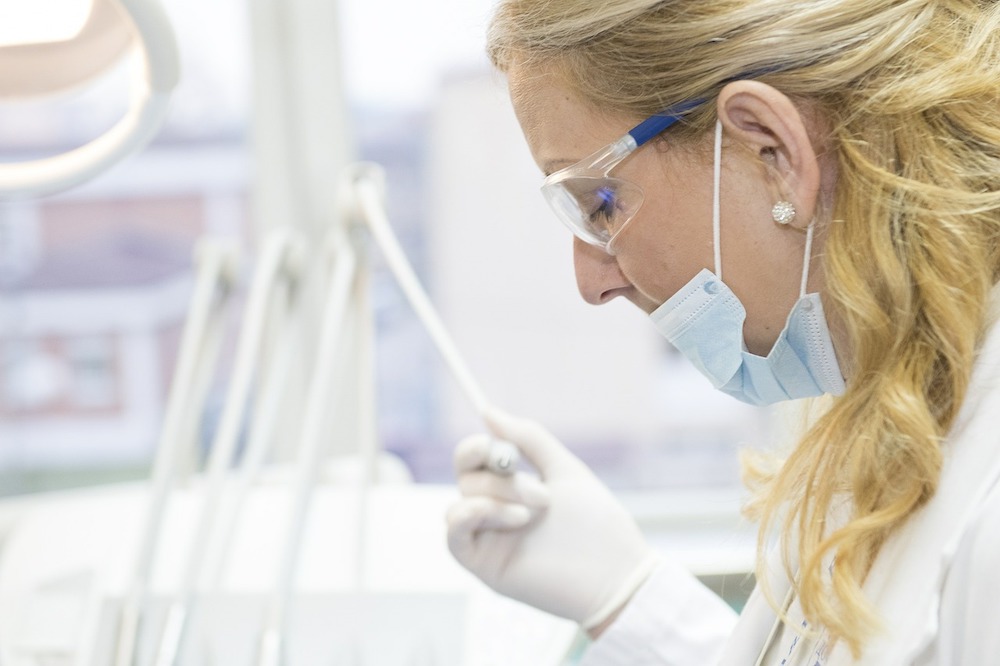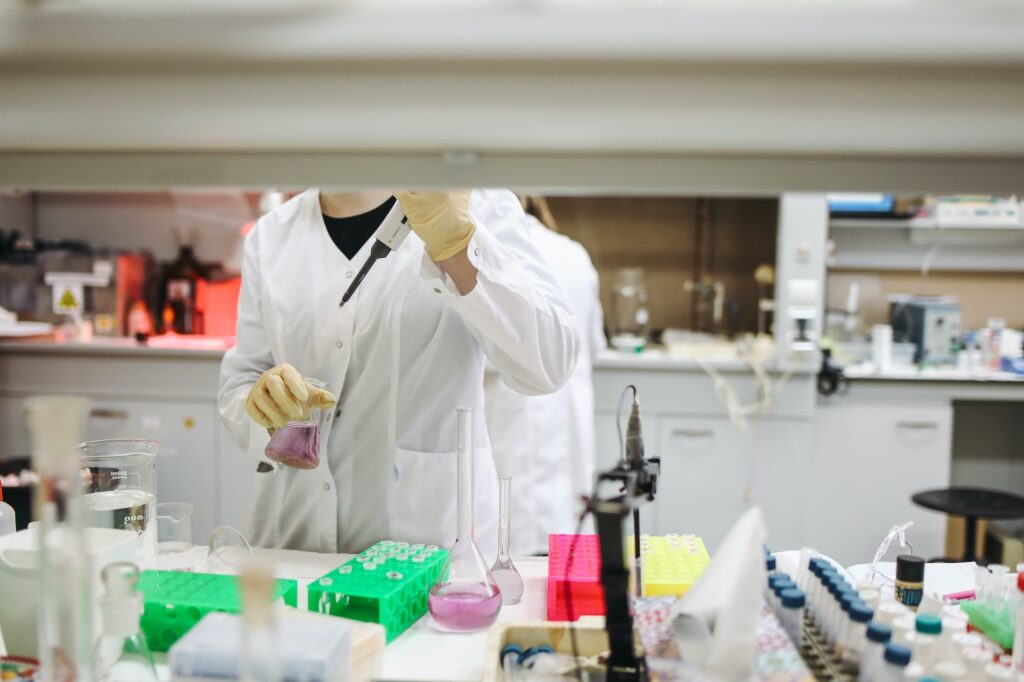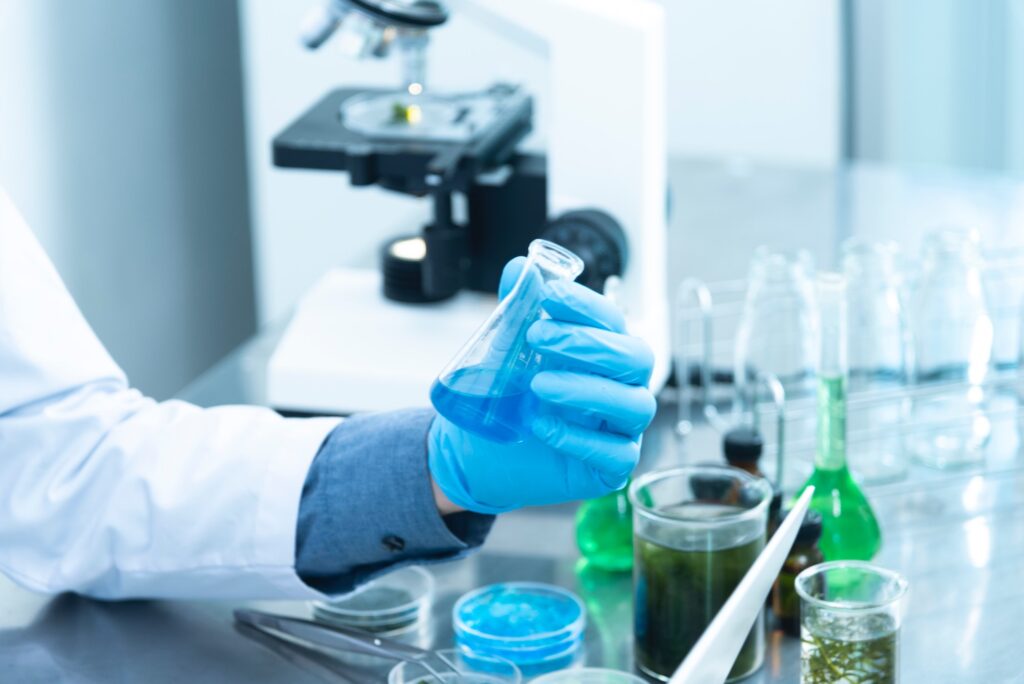What is the best equipment to invest in for your Lab’s Safety?
If you work in a lab setting, you must be aware of the different types of equipment available and their importance. For instance, you will need fume hoods, safety showers, biological safety cabinets for storage, and a bunch of other gadgets to protect yourself from exposure.
An analytical balance is also essential to have on hand, as well as a fume hood and fire extinguisher. Here’s a list of six crucial pieces of lab equipment for safety!
What is the best equipment to invest in for your Lab’s Safety?
Laboratory Fume Hoods
A laboratory fume hood – such as the ones available from Genie Scientific – is a piece of equipment that protects you from exposure to chemical fumes and chemicals in general.This equipment is built as an enclosure, which keeps air circulation directed away from you.
These are typically used in labs for storage and chemical reactions, so you’ll see them often. To read more about fume hoods for lab, visit https://topairsystems.com/.
Safety Showers
Safety showers are excellent for lab workers and anyone exposed to chemicals or any substance containing harmful toxins. These are great because they have a sensor that detects when the water has been spilled, and then automatically activates the shower to keep yourself protected! They’re easy to understand; they’re showers you can use in case something spills as you’re working with it.
Biological Safety Cabinets
A biological safety cabinet is a piece of equipment used in labs to store and protect potentially harmful natural materials such as viruses, bacteria, and other microscopic organisms. There are many variations of these cabinets, including gas-tight seals to keep chemicals safe and sealed. In contrast, others have air filters to protect against airborne contaminants.
Analytical Balances (lab balances)
Analytical balances measure the weight or mass of objects, liquids, or gases in calibration scales. These are typically used to weigh small samples of solids or liquids so scientists can analyze them using laboratory equipment. There are relatively simple and advanced ones, some of which can be used for weighing and measuring.
Fume Extractor with Fire Extinguisher
A fume extractor is a piece of equipment that removes gases, fumes, and particles through ventilation so that they don’t have to be inhaled and can be directed away from the area. These are used to protect people or animals and keep yourself safe. A fire extinguisher is a device used to put out fires. This can be self-explanatory, but it might be unclear if you haven’t used it before. It’s a fire extinguisher that sprays water on fire rather than dousing it in oil and will put out flames in a matter of seconds versus minutes.
Funnel/Filter
A funnel is used for moving or pouring liquids from one container to another, helping with accuracy and precision when measuring things. A filter strains liquids through cloth or paper, so solids don’t clog the system. Additionally, it helps to protect against large spills or splash exposures to the upper body during experiments.
The lab environment is complex and high-risk. To increase the safety of everyone working inside, it’s essential to have some protective gear and gadgets pre-installed. These are some of the equipment, which can help restore security by eliminating every potential threat inside the lab.
Conclusion
In conclusion, investing in high-quality safety equipment is essential for laboratories to ensure the safety of workers and prevent accidents. Laboratory fume hoods, safety showers, and biological safety cabinets are crucial equipment for handling hazardous chemicals, biological agents, and radioactive materials.
Analytical balances and funnels/filters are also essential for accurate and precise measurements and separations. Additionally, installing a fume extractor with a fire extinguisher is an excellent investment to keep the laboratory free from toxic fumes and prevent fires.
By investing in the right equipment and following proper safety protocols, laboratories can provide a safe and secure environment for workers, researchers, and visitors.










